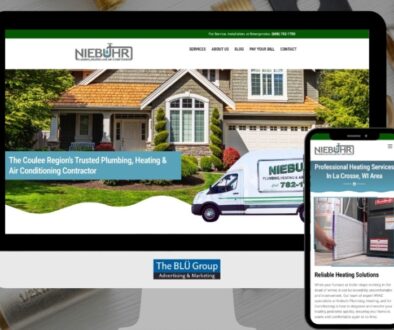5 Ways To Create A Product That Sells Itself
Are you trying to create a product that sells itself? The type of products that Apple creates? If you want your product to be the next hot thing, here are five things you can learn from Apple.
1. Attractive design
A great product has a great design. But don’t confuse beauty or coolness with functionality. For a product to be truly wonderful, it has to fulfill a useful function and work well.
You’ve probably seen products that look great but are not useful. Take a toothbrush, for example. When I was growing up, toothbrushes were pretty dull. But that didn’t matter because they functioned well.
Today, there are hundreds of cool and unusual toothbrushes. The truly beautiful ones are those that do their job well…and look good.
But why is design important? It’s an issue of trust. A well-designed, attractive product immediately conveys a sense that somebody took the time to get this product right.
Steve Jobs was notorious for his perfectionism, but it worked. The craftsmanship of an Apple product is beyond dispute.
2. Serves a broad market
The best products meet a need shared by a large base of customers. Take transportation, for example. Everybody of driving age has a transportation problem … they need to get somewhere. How they get there depends on another set of needs. Do they want a car, truck, motorcycle, moped or bicycle?
You could segment this group into another subset based upon their concerns for the environment. Elon Musk’s Tesla Motors, for example, is trying to capture this market with its electric cars. An extreme example is Seattle’s HumanCar, which boasts that its car can hit 60 mph with only human effort.
Which market you choose to focus on will determine the size of your audience. Make this decision carefully, because you could dominate a niche market, but it may not be as lucrative as a wider market. It also wouldn’t be as competitive.
3. Can be sold in generations
Even if you don’t reach a national or global audience on your first launch, you can widen that market base with each generation of your product.
If you want a long life for your product, plan updates to keep it fresh and appealing to customers. This all starts in the very first stages of development—it’s not an afterthought. Here’s a quick look at what each generation should do.
- First generation: Ship a minimum viable product to capture market share. The goal is to be the leader in this space, so you can’t wait until you have a perfect product.
- Second generation: Enhance features to keep your loyal customers and add features to attract new customers, widening your customer base.
- Third generation: Introduce technology innovations and productivity advances to help you stay competitive in a crowded market.
- Future generations: After the third generation, keep an eye on your competition to stay one or two steps ahead.
4. Create an impulse-purchase price
Your next step is to price your product so it’s literally an impulse purchase for the customer. According to a Yankee Group survey, 75 percent of survey respondents indicated that a “special sale price” would motivate them to make an impulse purchase. The second most influential factor was free shipping (49 percent of respondents).
How do you price a product so it’s an impulse buy? There is an art behind it. Here is what you have to think about.
- Know your customers. You cannot price a product correctly if you do not know the buying habits or income levels of your customer.
- Know your costs. You have to know what your product costs. This includes labor, operating costs, salary costs, the ROI for you and investors, your debt and the cost of future growth. Put this information into a spreadsheet. The total should give you an idea of how much gross revenue you need to make to cover costs.
- Know your profit target. Your next step is to figure out how much profit you want to make. Take that number, factor in costs and then decide on a satisfactory price for your product.
- Know your competition. If another company is in your space, look at what they charge. Use that number as a gauge, because your customers will be looking at your competition, too.
- Know where the market is headed. Of course you can’t predict the future, but it’s helpful to keep your eye on the horizon. You need to pay attention to the economy, current and pending laws, your competition and even consumer buying habits.
5. Cost to make is low enough to make a profit
Finally, your product will sell itself when your cost to create the product is low enough to make a profit off the margin between cost and price.
And keep in mind…you need to price it so other players like retailers and manufacturers will get a sufficient and attractive cut. This will help spread the value of your product.
Here are a few factors to keep in mind.
- How low is the cost to ship? Is it free? Or is it a physical object with an odd shape? Heavy or lightweight? Shipping costs will impact how well a product can sell itself. If people have to pay an arm and a leg to receive your product, don’t count on many sales. Word will get around.
- How easy is it to make the packaging? Will the packaging complicate the way it is stored?
- How easy is it to make? To keep costs down, shoot for non-labor intensive production, small molds or easy-to-follow systems.
The Roomba vacuuming robot is a great example of a company that has figured out how to design, make, package and ship a potentially bulky product at a low cost. High costs at any of those stages would raise the price, thus slowing product sales.
Neil Patel, VP of Marketing at KISSmetrics



